-
It’s The Little Things

White clover (Trifolium repens) that was cut just a few days ago towering over the mushrooms. That’s mighty little. It’s Conocybe lactea with the common name of White Dunce Cap. A mushroom often found in grass, popping up right after a rain. They’re thin, fragile, lasting only a few hours before disappearing. You’ll often find me…
-
Redstart In The Garden
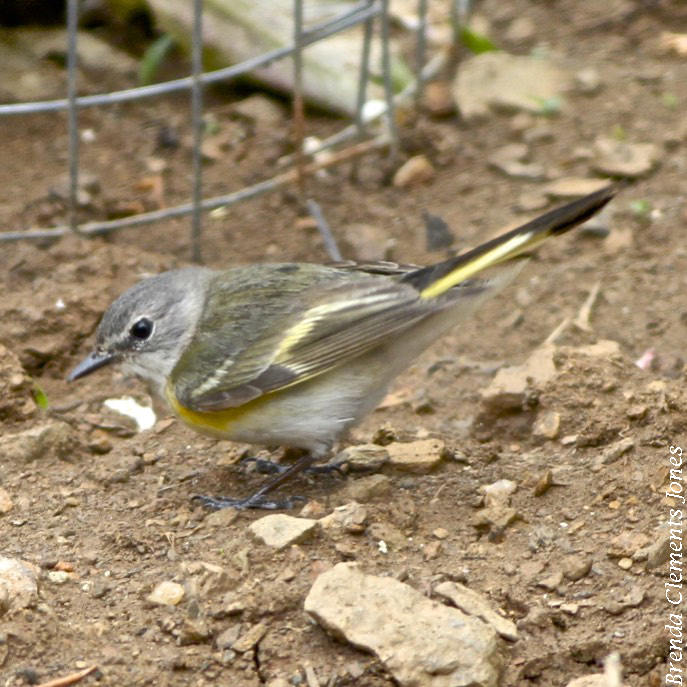
Another visitor today. A female American Redstart (Setophaga ruticilla). They don’t come to the feeders that I put out, but they really enjoy the birdbath, which is just a few feet from this spot.
-
Red-eyed Vireo At The Birdbath
I hear them frequently in the woods surrounding my cabin. Making a call that sounds like a Catbird saying, “Myaaah!” Or more of a melodious song, that I use a mnemonic to remember, “Here I am! Where are you?!” As with other birds that I wouldn’t see ordinarily, the Red-eyed Vireo (Vireo olivaceus), is looking…
-
Barometer Earthstar

Barometer Earthstar (Astraeus hygrometricus). An interesting little mushroom. Starting out as a minuscule, round, white blob that looks like the mushroom that I wrote about 2 days ago, a very small Giant Puffball Mushroom. As it matures it takes on the shape that it is known for, with 4 to 20 irregularly sized petals or…
-
Tithonia
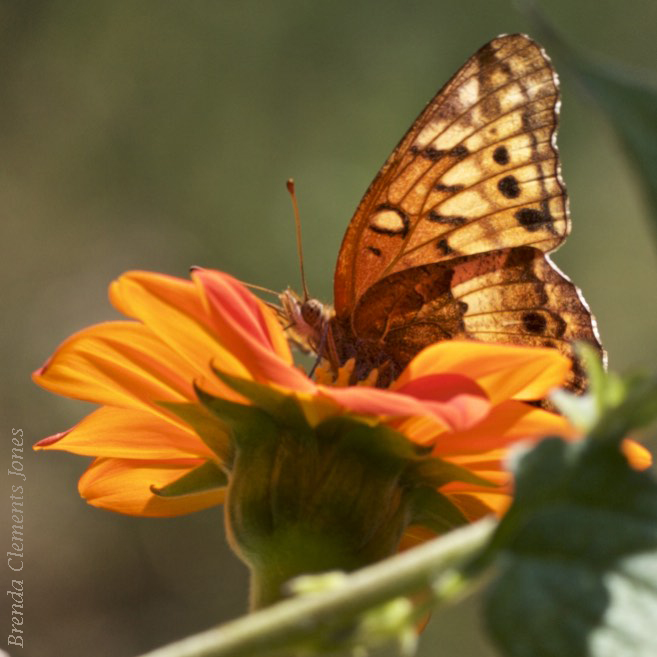
Tithonia rotundifolia. Native to Florida, Louisiana, Mexico, Central America, and the West Indies. NOT native to Virginia but it is a well behaved annual which I try to plant every year. I thoroughly adore it for the many butterflies, including Monarchs, and the hummingbirds that the dazzling orange flowers attract. A bright orange magnet in…
-
Giant Puffball Mushroom

Giant Puffball (Calvatia gigantea). Easily, of all the many mushrooms that I have seen growing along the trails I hike, this species of mushroom is the coolest one I have ever seen. They look to me like something that has arrived from outer space, sitting there observing the humans of Earth. It also brings to…
-
More Nesting Activities
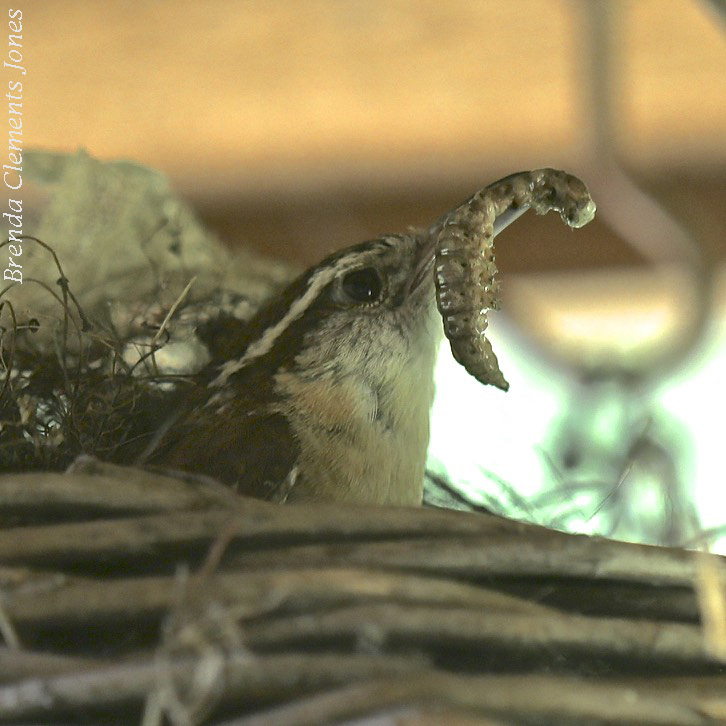
It pleases me greatly that Carolina Wrens (Thryothorus ludovicianus) chatter around the woods near my home all year long. And nearly every year a pair will choose some strange object in which to build their nest and raise a family. Of course I provide the strange objects, hanging them from the front and back porch…
-
Spring Blooms of Sweetspire
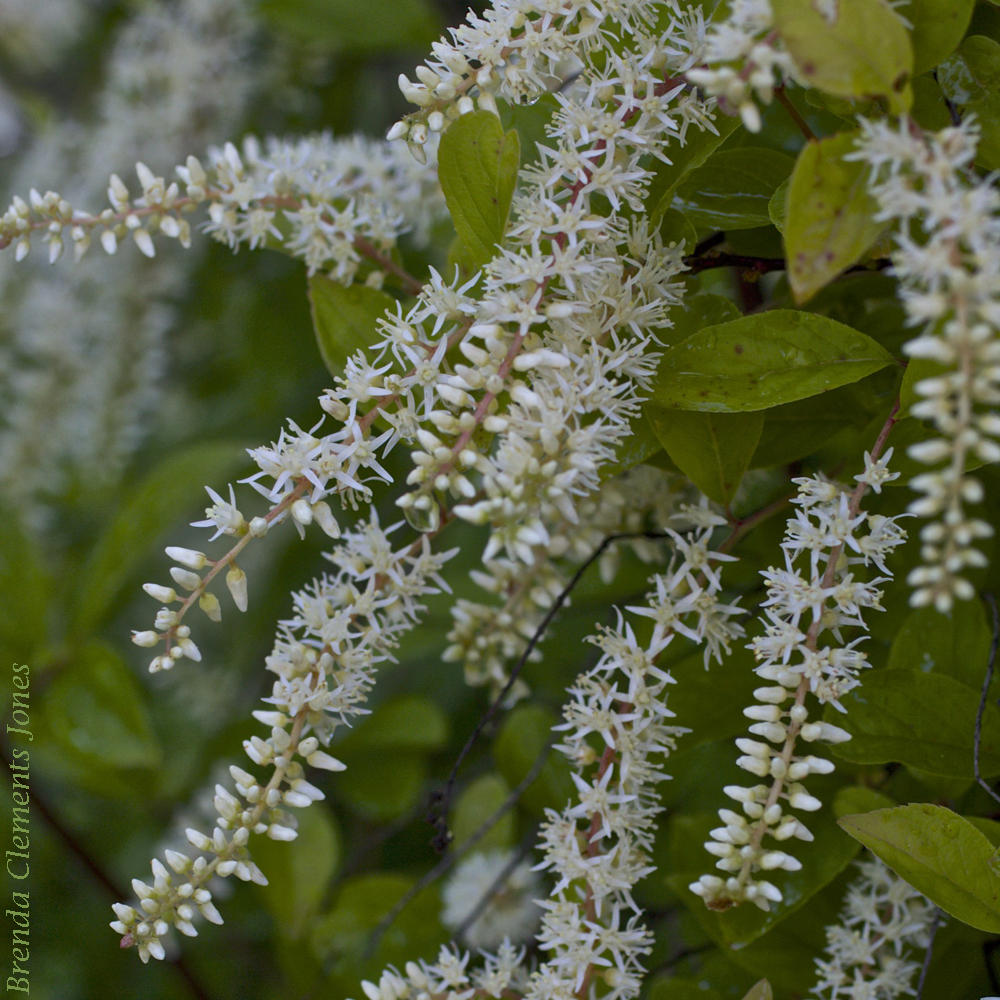
Sweetspire (Itea virginica) in the rain. A shrub native to the southeast United States. Bees and butterflies love the blooms. And in the autumn Sweetspire gets my nomination for best color of the season. A great alternative to the exotic invasive Burning Bush (Euonymus alatus).
-
A Busy House
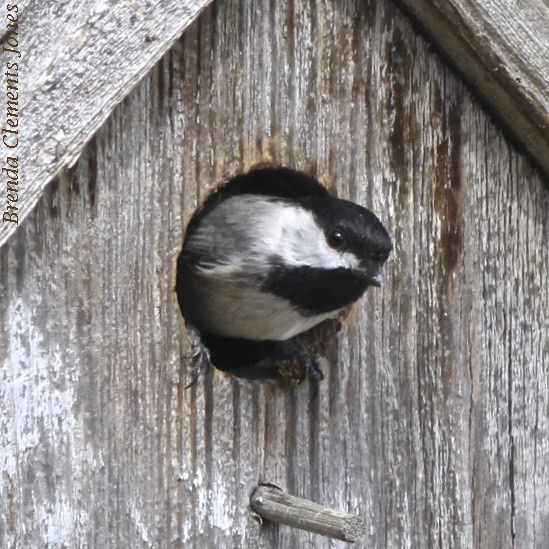
The female Chickadee (Paridae) has built her nest. I expect by now the eggs have hatched and both the male and the female are out searching for caterpillars, spiders and insects for their young. A bit of a timeline: One to two days after the female builds the nest, her eggs are laid. She incubates…
-
Female Indigo Bunting

When I see a male Indigo Bunting (Passerina cyanea), I immediately know what I’ve seen. No doubt about it. The female of the species though is another story. Plain brown, with just the very slightest suggestion of maybe wing bars. No eye ring. From allaboutbirds.org, “Females are basically brown, with faint streaking on the breast,…
